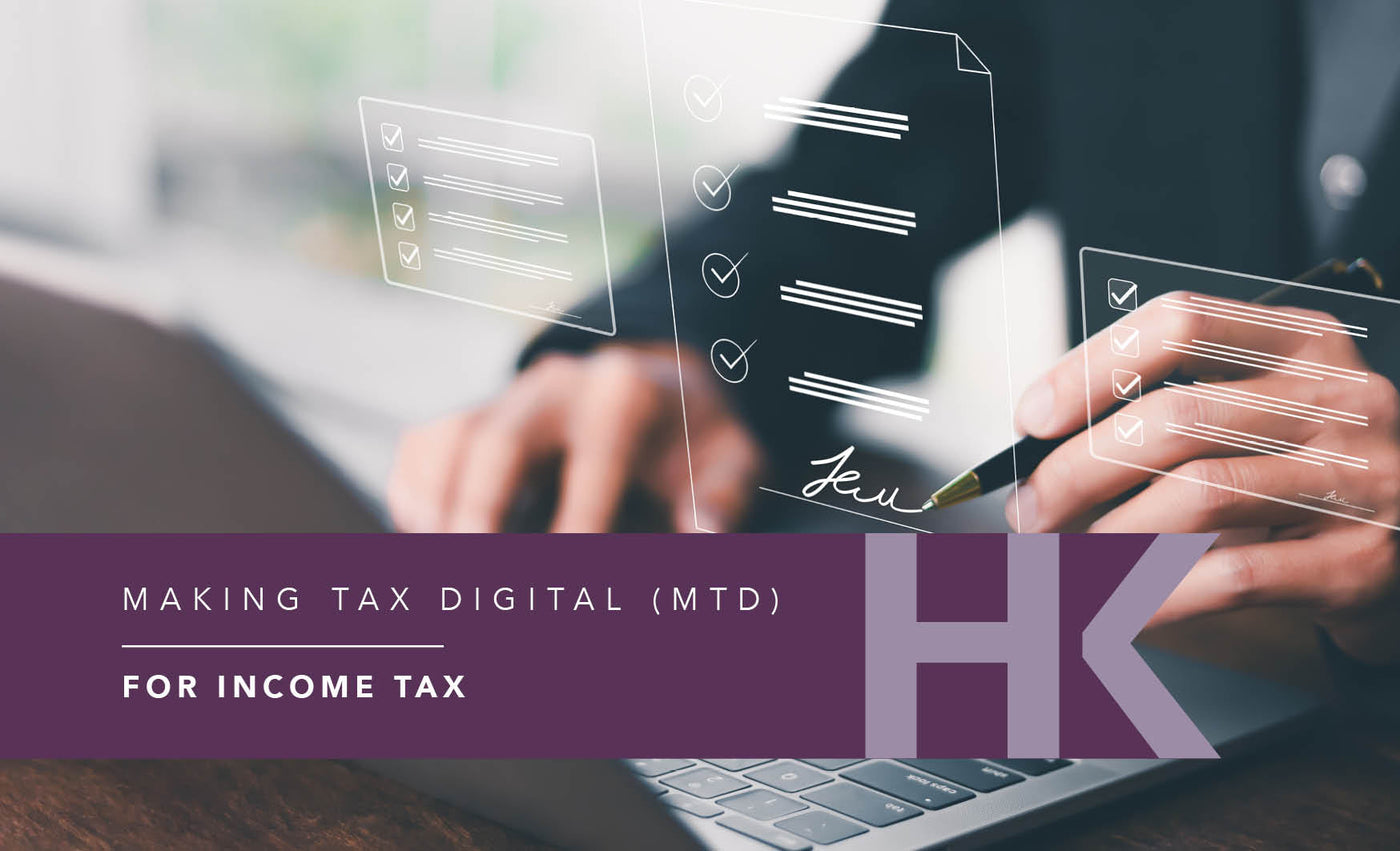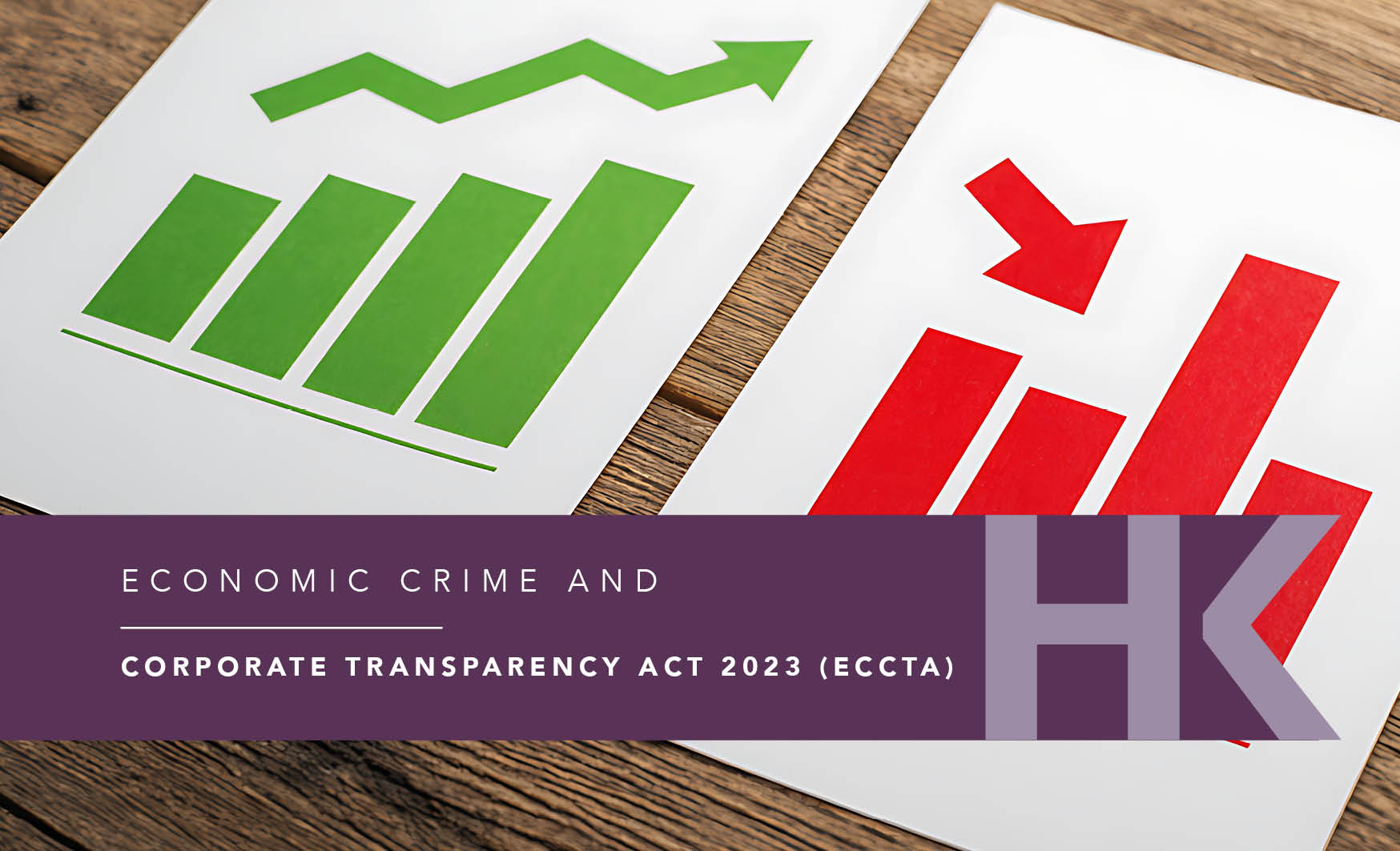
We have spoken about it since 2015, it has been delayed for various reasons, but there is now less than one year before the implementation of Making Tax Digital (“MTD”) for Income Tax.
The MTD program was first announced in 2015. MTD for VAT was fully implemented in 2022. MTD for income tax has been a more complicated program, and has experienced several deferrals, however The Government confirmed its commitment to MTD on the timescales below at the Autumn Budget 2024. The accounting profession, including Harbour Key, have greater confidence than ever, that MTD will go ahead from April 2026. We don’t believe there will be any further delays!
Who does MTD apply to
1st April 2026 or 6th April 2026 is D-Day for the following taxpayers:
- Self-employed individuals; and
- Landlords
with “qualifying income” of over £50,000, which is broadly calculated by the individuals combined gross income from trading and property, measured before expenses. In calculating the threshold for MTD, both self-employed turnover and rental income are added together (including non-UK self-employed and rental income). For example, if you earn £27,000 from self-employment and £25,000 from rental income, your total qualifying income would be £52,000.
Points to note:
- The calculation is based on gross income (turnover) before expenses are deducted.
- Other sources of income, such as employment income, partnership income, or dividends, do not count towards qualifying income.
- HMRC will assess your qualifying income based on your previous year’s Self-Assessment tax return. For the April 2026 start date (£50,000 threshold), HMRC will use the 2024/25 tax return, due by 31 January 2026.
- If you have a new source of income during the tax year, HMRC will adjust the reported figure proportionally to compare 12 months’ worth of income against the MTD threshold. For example, if you became self-employed on 1 January 2025 and earn gross income of £10,000 per month, your 2024/25 tax return will show £30,000 of income, which is below the MTD threshold for April 2026, but that amount will need to be adjusted to estimate a full year’s worth of income – i.e. £120,000.
The MTD timetable does not stop at those self-employed and landlords with qualifying income above £50,000, the following timelines have been set:
- Self-employed and Landlords with qualifying income over £30,000 – April 2027
- Self-employed and Landlords with qualifying income over £20,000 – April 2028
There are only a few exemptions to MTD, which must be applied for and granted by HMRC. The main ones can be summarised as:
- Digital exclusion due to age, disability, or lack of access to the internet
- Religious objections to using electronic record-keeping
- No National Insurance number, but this only applies for a tax year where you do not have a National Insurance number on 31 January before the start of that tax year.
What does MTD mean
Instead of filing a single tax return after the end of the tax year, meeting the 31 January filing deadline, a taxpayer will be required to:
- Submit income and expense summaries every three months via MTD compliant software (think Xero, SAGE or similar, or a bridging software). This means four short returns during the tax year.
- Following the fourth quarterly return, you must submit an end of period statement (“EPOS”), which finalises the income for the period, and includes any final adjustments or reliefs to be claimed. EPOS will also report any non-business/rental income sources, such as bank interest, salaries or pensions, as well as claim relevant tax reliefs, such as pension contributions made during the year. The EPOS will be like the current self-assessment return with a deadline of 31 January following the relevant tax year.
A separate quarterly return will be needed for each trade or property business. If you have sole trade and property income, you will need to submit eight quarterly submissions each year.
Each quarterly return is required to be filed by the 7th of the month following the quarter-end. By default, the quarters will be based on the dates of the tax year, for example first quarter will be from 6 April to 5 July. However, a ‘calendar quarters election’ will be possible, which will align the quarterly update periods with calendar months for businesses which compile their accounts to a month-end date rather than to match the tax year.
The payment dates for tax will remain the same as under Self-Assessment – i.e. tax payable by 31 January following the end of each tax year, with payments on account payable for the following year by 31 January and 31 July where relevant.
If a payment is more than 15 days overdue, the taxpayer will pay a first late payment penalty. If the payment is more than 30 days overdue, the first late payment penalty increases and a second late payment penalty will also apply.
How will MTD impact me?
MTD will mean an unavoidable increase in administrative work, with the need to submit quarterly updates, rather than a single annual return. It also means additional software costs, potential training needs, and the risk of fines for late submissions.
However, there are several benefits, with business owners and landlords having a regular understanding and analysis of their financial data in real time, enabling key decisions to be made, identify issues earlier and understanding business performance.
What happens if you don’t comply?
Quite simply, non-compliance will result in HMRC penalties. The penalty system will be similar to rules for VAT and be on a points-based system:
- Taxpayers receive one point for each missed deadline. Points accumulate until a threshold is reached.
- When the threshold is reached, a £200 penalty is issued.
- After reaching the threshold, any further late submissions result in an immediate £200 penalty
- To reset the penalty period, the taxpayer will need a set period of compliance (4 quarterly, or 2 end-of-year returns) & have to have submitted all returns required for previous 24 months.
- Penalties for VAT and Income Tax will be treated separately.
MTD for income tax marks a significant shift in how self-employed individuals and landlords report their income to HMRC. While this transition may seem daunting, preparing early can help businesses and individuals adapt smoothly to digital tax reporting, avoiding last-minute complications and potential penalties.
We are contacting all our clients re putting in systems and process now in readiness for the change.
Should you need to discuss MTD, please do not hesitate to contact our office.



